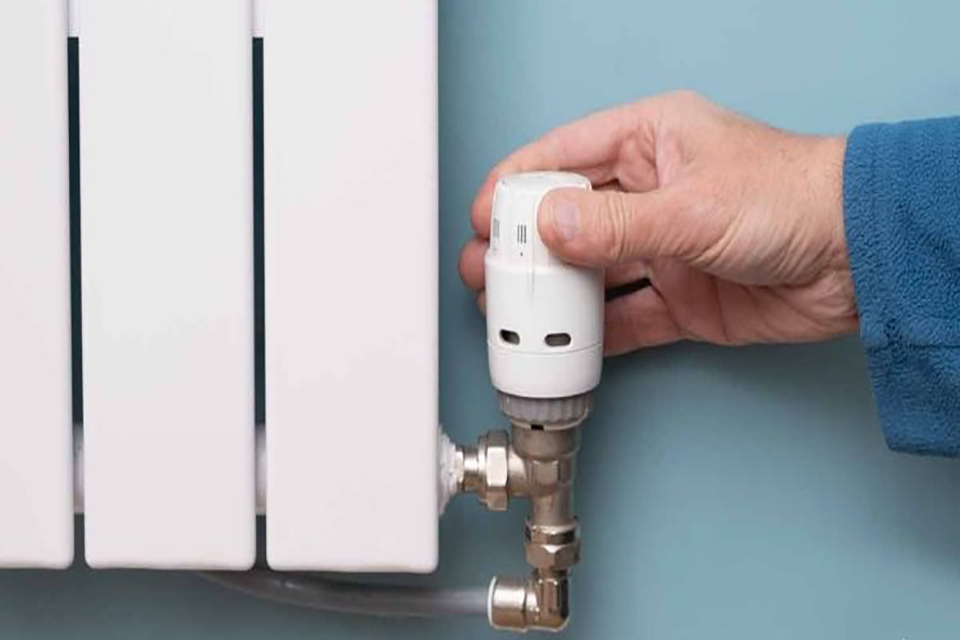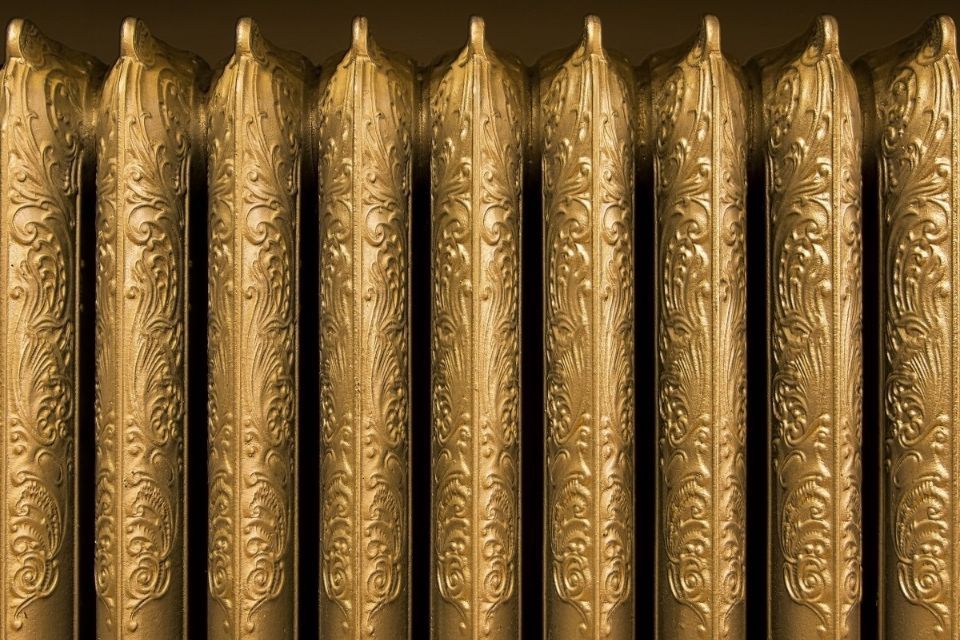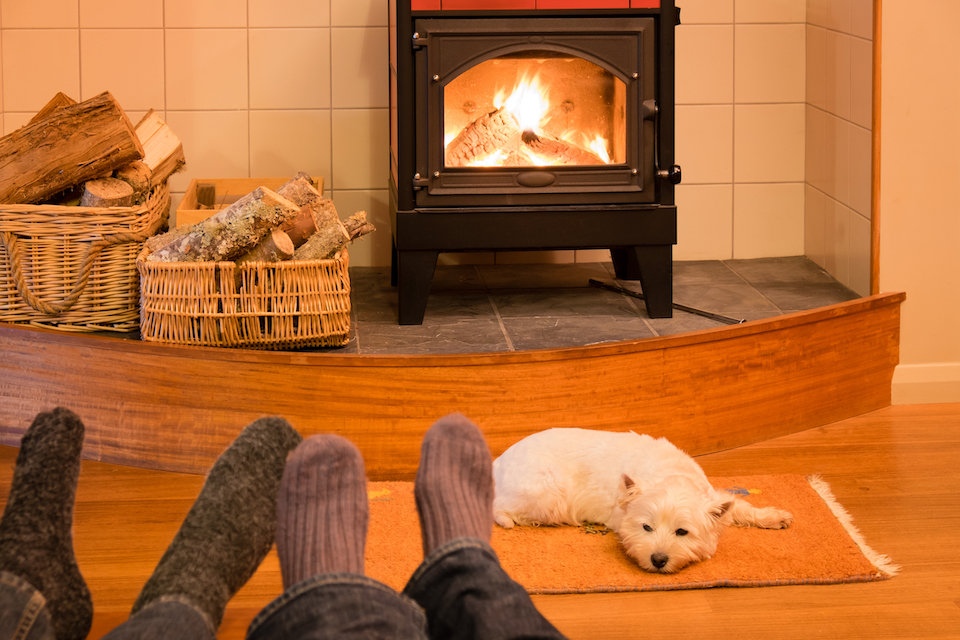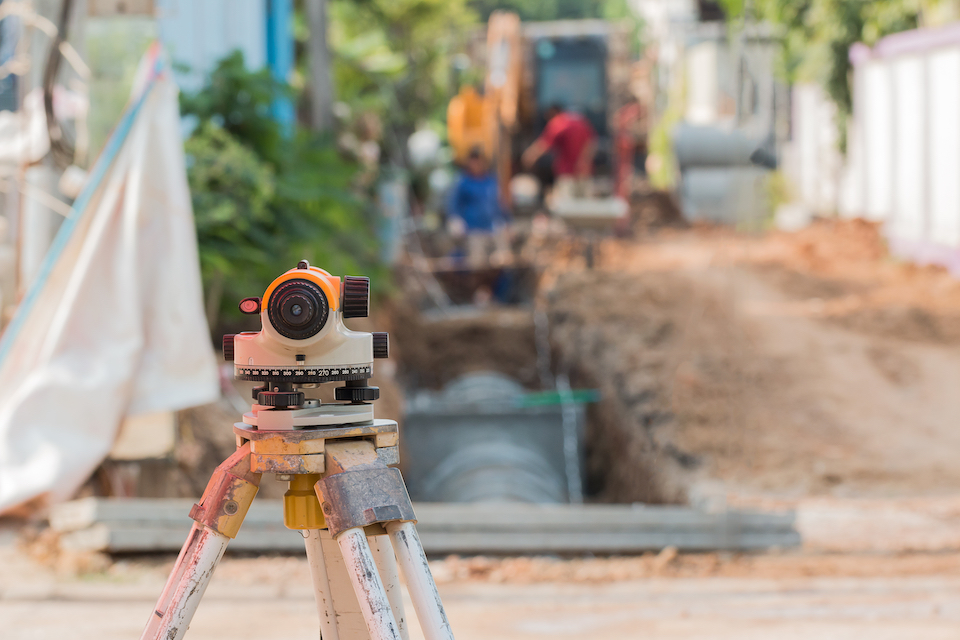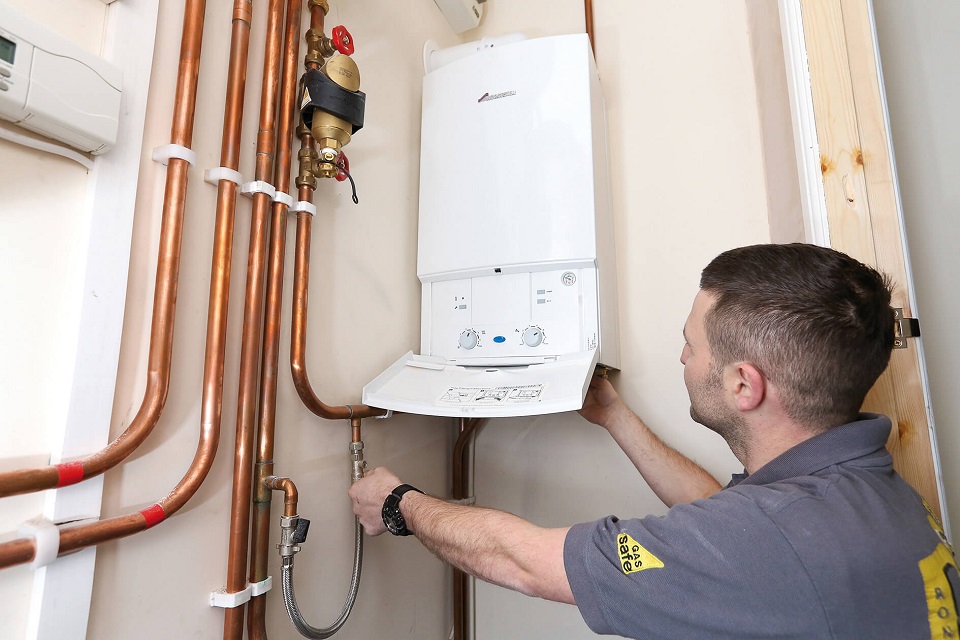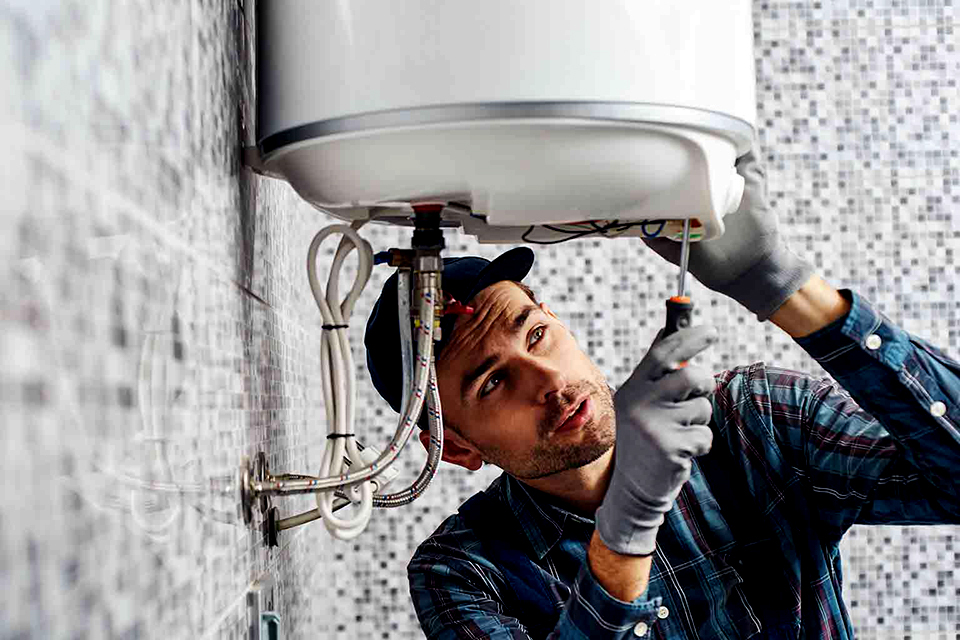Why Do I Need to Isolate a Radiator?
Are you planning on removing a radiator and need to know how to isolate it first?
Or perhaps you are interested in turning off a radiator in a room that you don’t use. This article covers everything you need to know about radiator isolating.
A radiator heating system is a full system that is linked to a circuit of circulating water. If you remove one of the radiators in your system without isolating it first, then the entire water contents from your system will end up being emptied on your floor.
Isolating your radiator first will prevent huge amounts of water from leaking out onto your floors.
You may also wish to isolate radiators if they are in an unused room that doesn’t need to be heated. This can help you save money on your energy bills.
Also, you may need to isolate a leaking radiator while you are waiting for it to be repaired.
How to Isolate a Radiator Yourself
Below is a step-by-step guide on how to isolate different types of radiator:
Radiator with Turn Valve
Step 1:
If your radiator has a turn valve, you will need to turn the valve all the way clockwise until it stops. This will turn the radiator off.
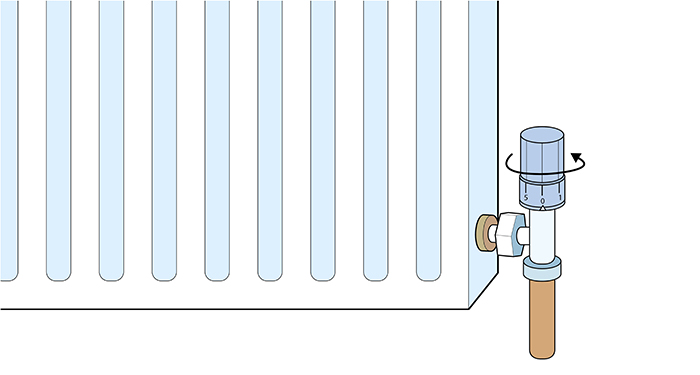
Radiator with Thermostatic Valve
Step 1:
Some more modern radiators have a thermostatic valve. If that’s the case with your radiator, you will simply need to turn the thermostatic valve all the way around until it reaches zero.
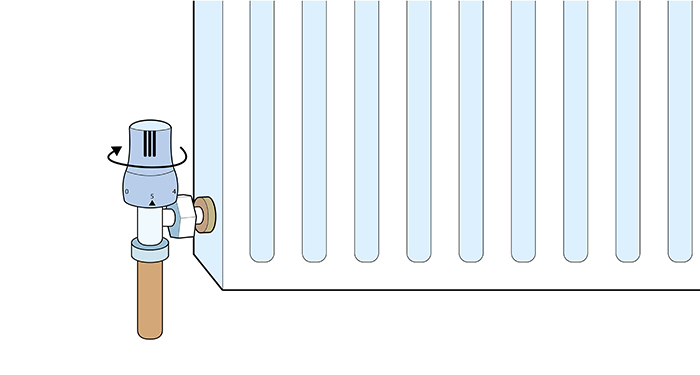
Radiator with Lockshield Valve
Step 1:
If your radiator has a lockshield valve, this is a little bit different. A lockshield valve can be identified as it won’t turn. Instead, the top should pull off.
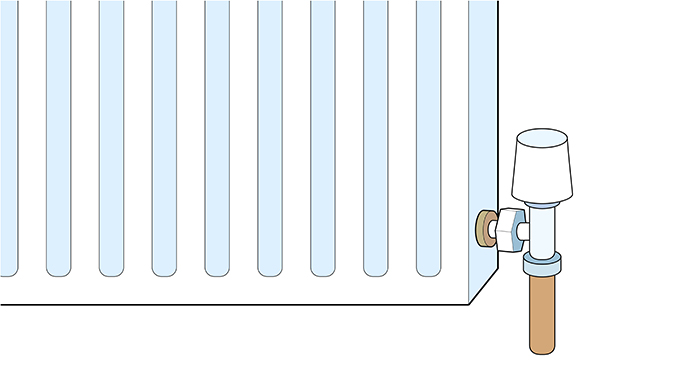
Step 2:
Remove the top piece to reveal the head of the valve. Some top pieces will simply pull off. Others may need to be unscrewed first.
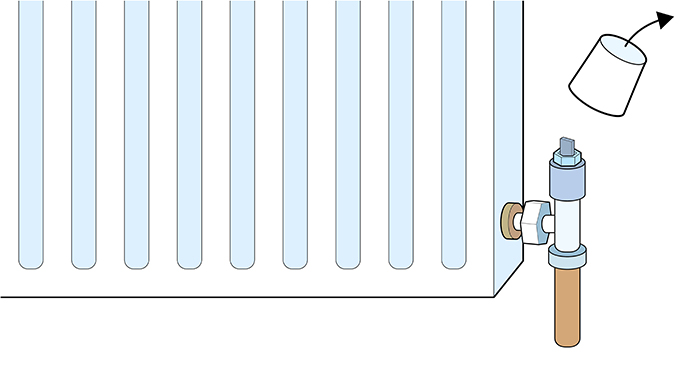
Step 3:
Use pliers to turn the head of the valve all the way clockwise until it won’t turn anymore.
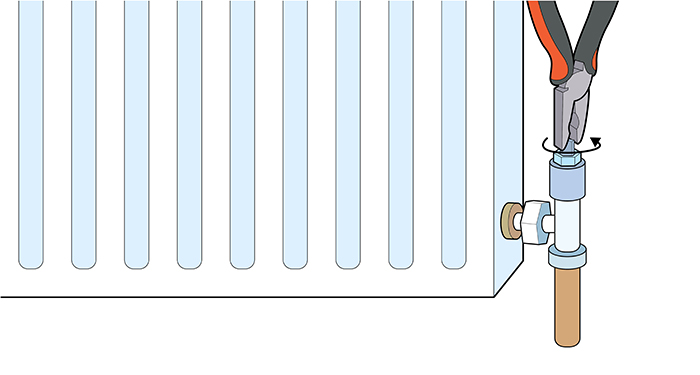
Most modern radiators have a valve at both ends. You should make sure you turn the valves off on both ends to isolate the radiator completely.
Tools to Isolate a Radiator
- Screwdriver
- Pliers
Safety Equipment
You won’t need any specific safety equipment to isolate a radiator.
Materials
You won’t need any specific materials to isolate a radiator.
How to Prepare for Isolating a Radiator
To prepare for isolating a radiator, you should begin by inspecting it to determine the type of valves that are attached to it, as this will determine the tools that you need for the job.
Many radiator valves can be turned by hand, but some will require a screwdriver and pliers.
Types of Radiators
There are several different types of radiator that you may find in your home. Below is a list of the different types of radiator:
Central Heating Radiators
Central heating radiators are the most popular style of radiator in the UK. They have the highest heat output and the greatest efficiency of all plumbed radiators.
This type of radiator uses corrugated panels to disperse heat into the room.
Column Radiators
Column radiators provide a unique look and add some period character to the home. This type of radiator can often be found in older homes as it originated in the Victorian era.
Modern types of column radiators offer that same traditional look but offer a much higher energy efficiency than the older models.
Vertical Radiators
Vertical radiators are just like traditional radiators, except they stand taller than normal radiators.
These radiators are great for saving space and also work well in heating small spaces where a traditional radiator would take up too much room.
Cast Iron Radiators
Cast iron radiators are best suited in older period homes or homes with high ceilings. These radiators take longer to heat up and cool down than other models.
This means that they continue to heat the room for much longer after the heating has been turned off.
Flat Panel Radiators
Flat panel radiators are light and compact and can be placed in most rooms easily without taking up too much space. They are easy to install but may take longer to heat the room than some other models.
How to Check and Maintain Your Radiators
If you plan to reinstall your radiators, it is important that you check them regularly to ensure they are working properly.
Here are some problems that may arise, along with tips to check and potentially solve the issue:
Cold Radiators
If you notice your radiators are cold to the touch. You should start by checking your boiler’s settings and also look for any alerts or fault codes.
It may be that your boiler is on the wrong setting, which can easily be fixed, or it could be a more complex issue that requires a professional plumber’s help.
Other common causes of cold radiator include a problem with the heat pump. If there is a major issue, you will notice noises coming from the pump.
Your radiators also may feel cold if the water pressure drops below 1.0. In this instance, you will need to balance your radiator, which will involve turning off your heating and achieving the correct lockshield valve access.
Rattling Radiators
If your radiators are making a rattling noise, then this may be caused by trapped air. This can be resolved by bleeding the radiator.
This a simple job that involves turning off the heating and then switching it back on again. You should then touch each radiator to check that the temperature is even throughout.
Once you have determined which radiator is causing the issue, you should turn the heating off again and wait for the radiator to cool down before bleeding the radiator.
FAQs
Q: Do you need to isolate a radiator before removing it?
A: You do need to isolate a radiator before removing it. If you don’t, the water contents from your heating system will all come pouring out when you remove it.
Q: What is the best type of radiator?
A: In the UK, the most popular type of radiator is a central heating radiator. These are considered to be the best type due to their ease of installation and their ability to heat up a room quickly and efficiently.
Q: How do you bleed a radiator?
A: Take the steps below to bleed a radiator:
- Turn off your heating system.
- Turn the valve at the top of the radiator with a radiator key. You should hear a hissing sound that indicates air is escaping from the radiator.
- Once the hissing stops and water starts coming out, you should then retighten the valve.
- You can then turn your central heating back on.
- Check the pressure on the gauge on the boiler, and then check that your radiator is heating properly.
Q: How long does it take to isolate a radiator?
A: Isolating a radiator is a simple job that shouldn’t take more than a few minutes to complete.
Q: Can isolating radiators save money?
A: You can save money by isolating radiators in individual rooms that don’t require heating. You can easily waste money by heating up unused rooms.

